Identifying House Finches:
These small bodied finches have large beaks, shorter wings, and a comparably long slightly notched tail. Roughly 5 to 5.5 inches in length, these streaky grayish-brown finches are dimorphous, with the males distinctly marked by rosy red coloring around the face and upper breast. Coloring can vary from bird to bird as the red of a male House Finch comes from pigments contained in its food during molt. This means the more pigment in the food, the redder the male.

Attracting House Finches to Your Feeder:
House Finches aren't fussy feeders and will readily frequent a variety of feeder types and are consistent visitors throughout the majority of the year. This is because these finches eat almost exclusively plant material including, but not limited to, seeds, buds, and fruit. In fact, House Finches even feed their nestlings exclusively plant foods, a fairly rare occurrence in the bird world. Recommended feeds include millet, milo, thistle, and the preferred black oil sunflower seeds. As is typical for finches, these birds are very social and are often found in large groups. To maximize bird viewing, consider placing feeders with a large number of feeding ports like a tall tube feeder, or wide open feeding access like a tray feeder.
In addition to feeders, be sure to offer a source of fresh water. You may also consider planting native vegetation to provide a natural source of food. Depending on geographic location, House Finches will consume mustard seeds, knotweed, thistle, mulberry, poison oak, cactus, and many other species. When planting trees and shrubs, keep in mind that these finches eat cherries, apricots, peaches, pears, plums, strawberries, blackberries, and figs.
House Finches are susceptible to House Finch eye disease (also called Mycoplasmal conjunctivitis). Infected birds will have red, swollen, runny, or crusty eyes. It is always important to regularly clean your feeders following our feeder care tips. For more on this disease, visit Cornell lab. If you see any birds showing these symptoms at your feeders, we recommend taking down all feeders for a week or so until the sick birds have moved on.
Nesting:
House Finches nest in a variety of locations depending on geographic location including deciduous and coniferous trees as well as on cactus and rock ledges. They will also nest in or on buildings, using sites like vents, ledges, street lamps, ivy. Have you ever found a bird nest in your hanging planters? There is a good chance that it belongs to a House Finch! The nest is cup shaped and made of fine stems, leaves, rootlets, thin twigs, string, wool, and feathers. The inside of the nest is rather small at just 1-3 inches across and up to 2 inches deep.
A typical clutch size can range from 2-6 eggs. Eggs are approximately 0.75" long, 0.5" wide, and are a very pale blue to white with fine dark speckles. Incubation period is typically around 14 days and hatchlings are ready to fledge in as few as 12 days after hatching. Because of this short period, House Finches can have as many as 6 broods during a year.

Distinguishing between a House Finch and Purple Finch:
Although these two finch species are similar in appearance they can be distinguished quite easily in the field. Both male and female house finches sport a more slender body with a longer tail sporting a shallower notch. The male House Finch's bold coloring is more of a red-orange limited to the face and chest area while the male Purple Finch is a rosier, pink-red coloring that extends past the face and down the back. The female House Finch have a more blurred streaking pattern in the brown and tan feathers on their flanks and also a plainer face. In comparison, the female Purple Finch is coarsely streaked below and has a pronounced darker brown line down the side of the throat and a whitish eyebrow.
When identifying between similar species it is also important to note the location and time of year. While these two species do have territory overlap, Purple Finches are typically only found in the United States during non-breeding months with the exception of the Western cost and most northeastern states whereas the House Finch is found throughout most of the United States year-round.

Left: breeding male Purple Finch. Right: breeding male House Finch. Photo courtesy of The Cornell Lab of Ornithology.

Left: female/immature Purple Finch. Right: female/immature House Finch. Photo courtesy of The Cornell Lab of Ornithology.
Have you seen any House Finches on your feeders recently?

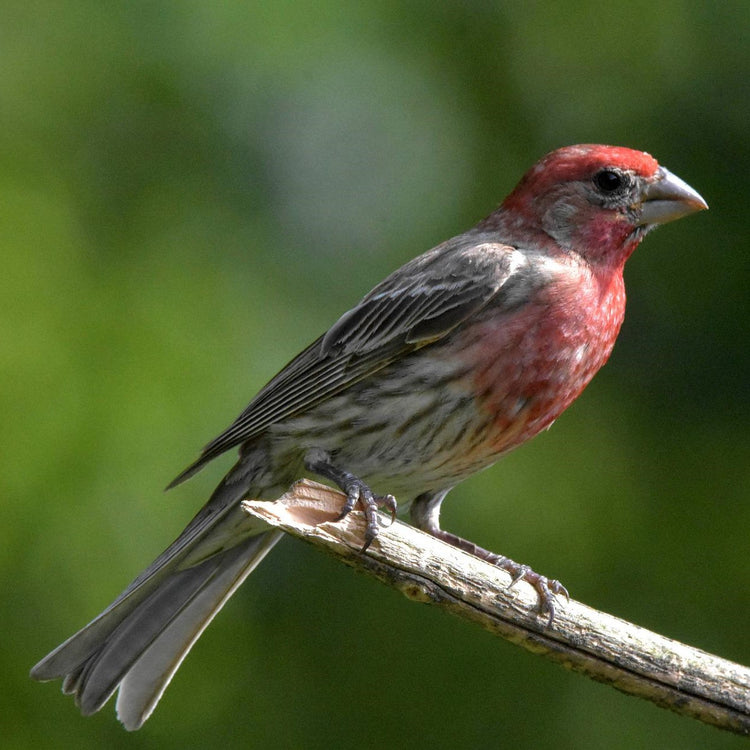





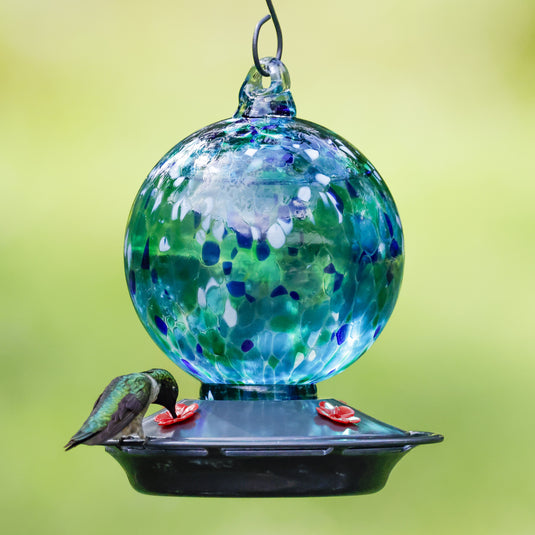
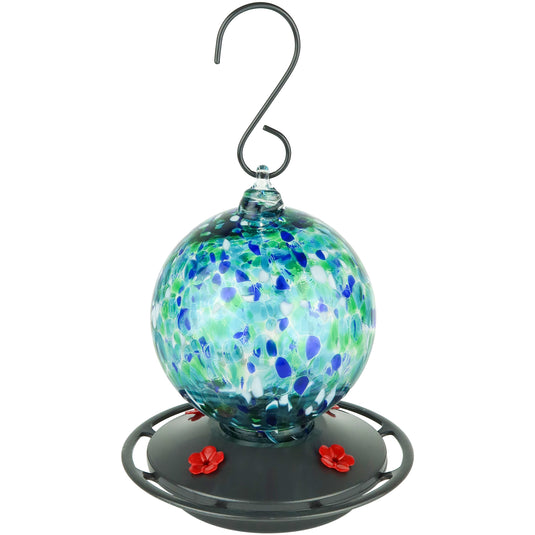


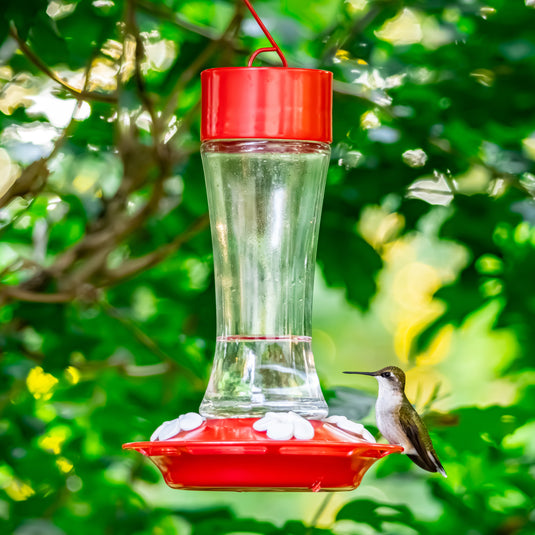
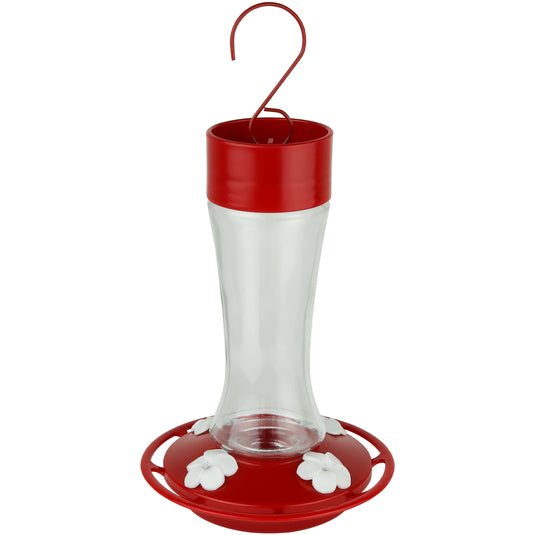
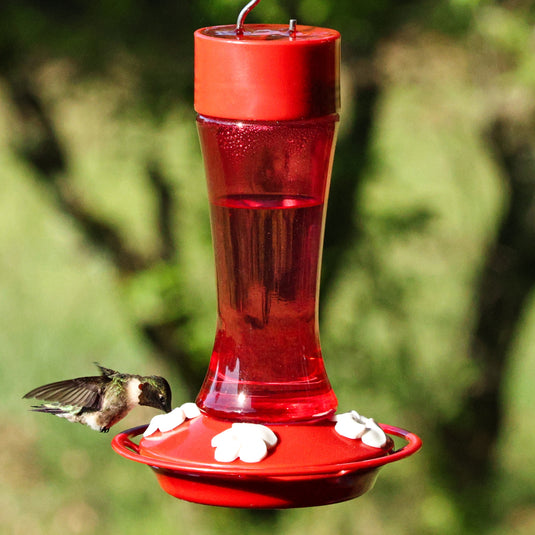
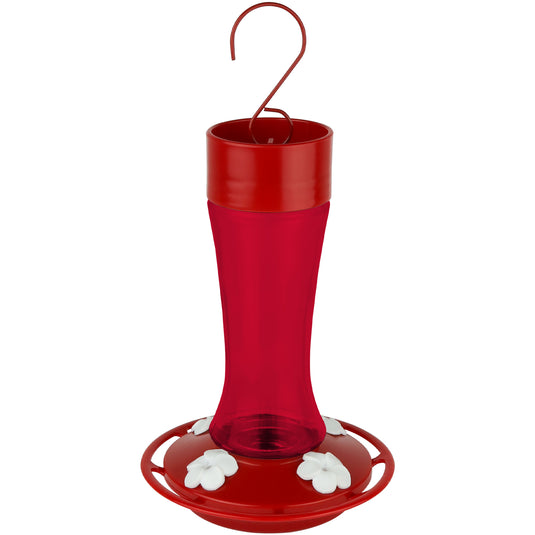
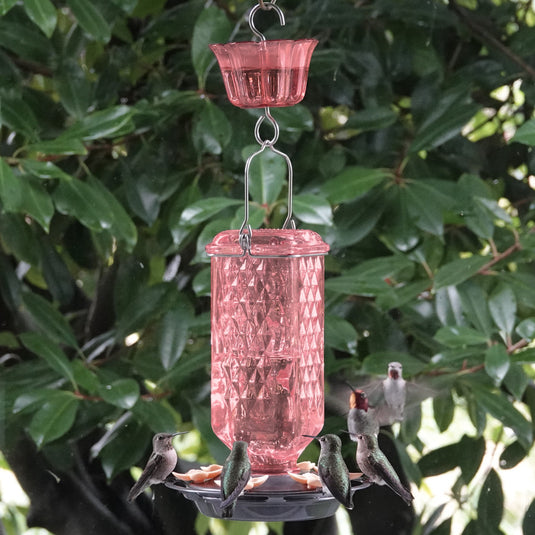
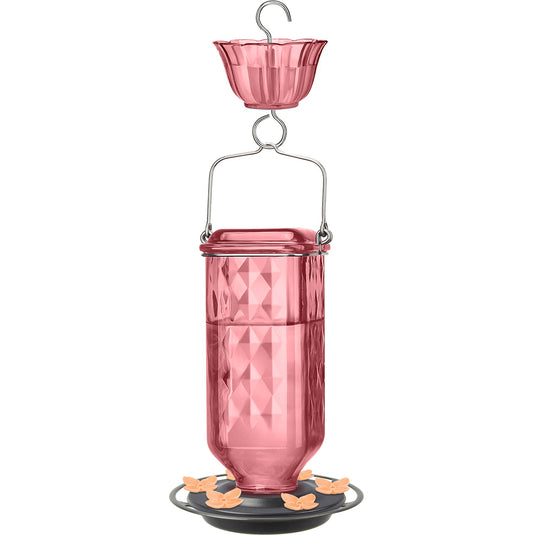
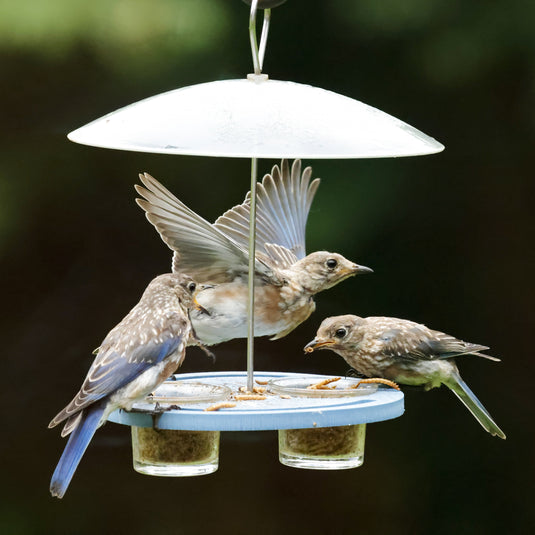
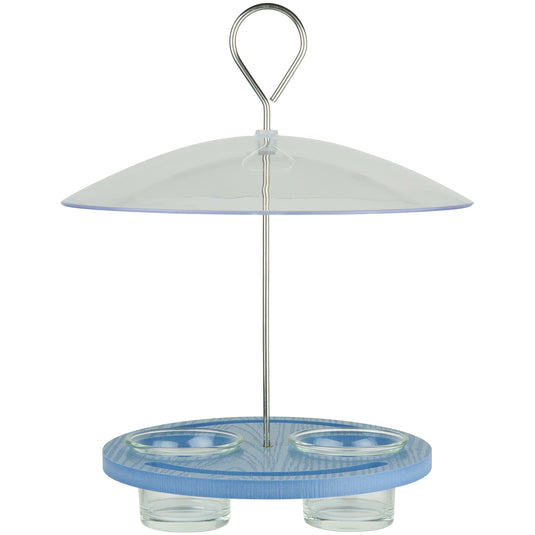
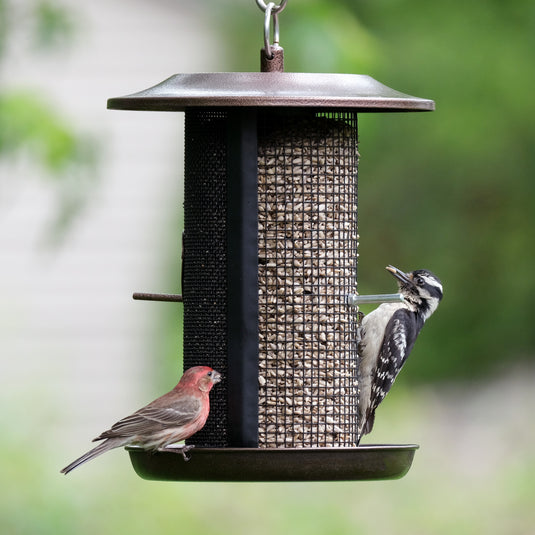
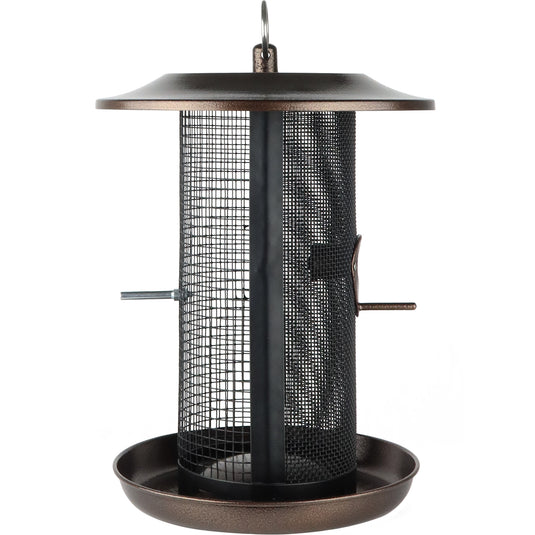
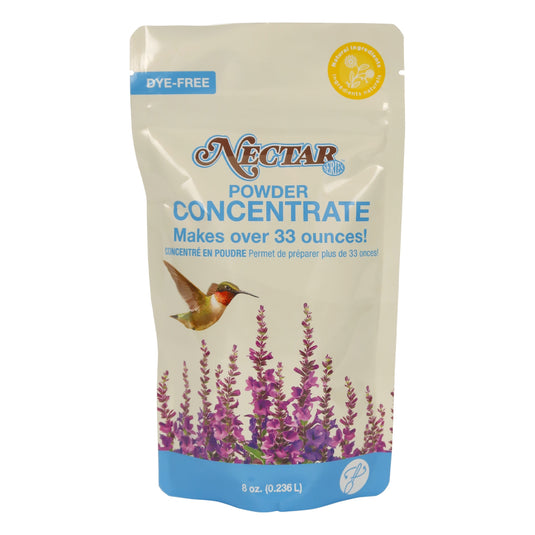
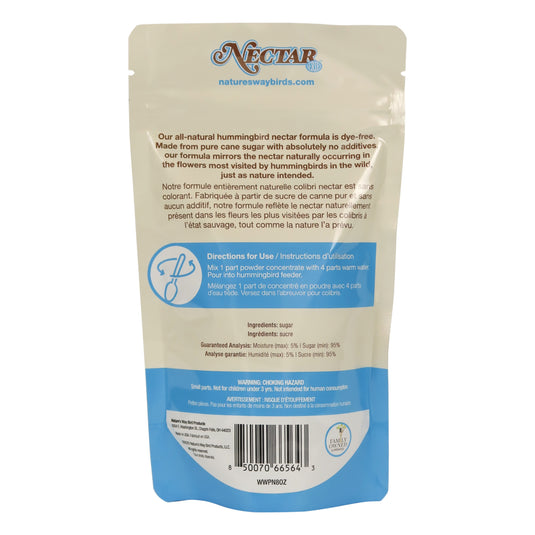
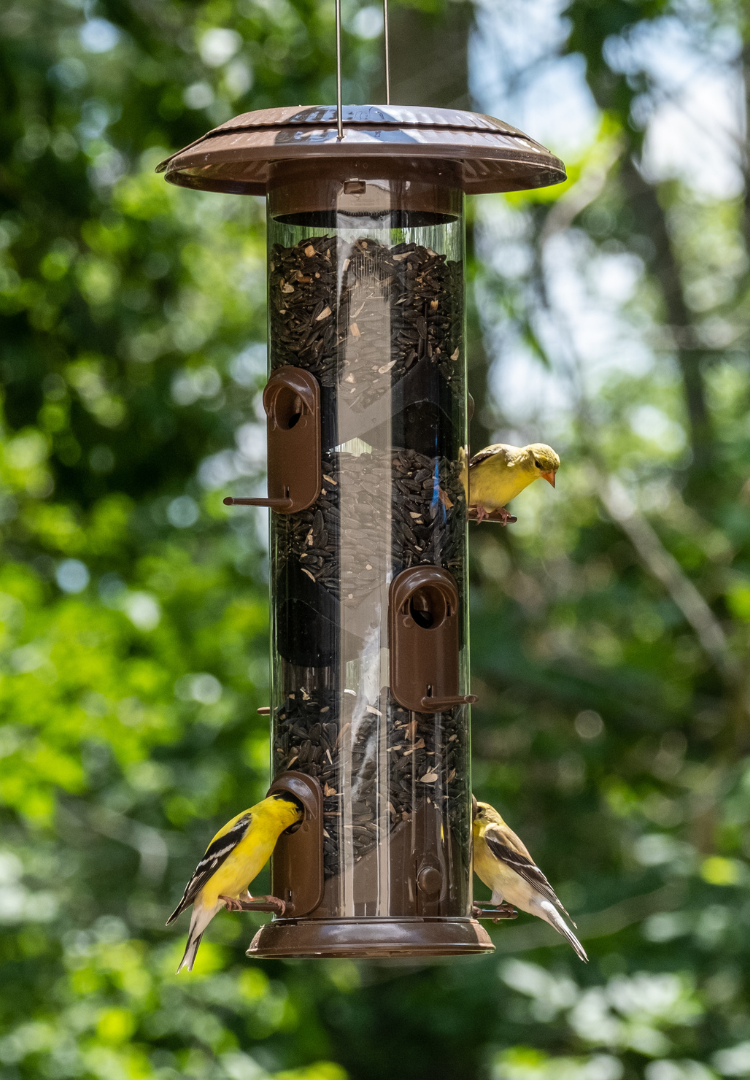
Hi Ruth, We are sorry to hear about your finches! Bird populations can fluctuate seasonally and even year to year so hopefully they will be back soon. All the best!
my house finches have disappeared. We used to have about 20. in central texas